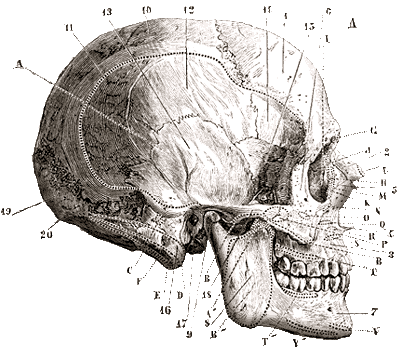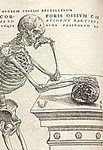Mineralogical and compositional changes in bones exposed on soil
surfaces in Amboseli National Park, Kenya: diagenetic mechanisms
and the role of sediment pore fluids
Clive N.G. Truemana*, Anna K. Behrensmeyerb, Noreen Turossc, Steve Weinerd
aSchool of Earth and Environmental Sciences, University of Portsmouth, Burnaby Building, Portsmouth PO1 3QL, UK
bDepartment of Paleobiology, National Museum of Natural History, Smithsonian Institution, P.O. Box 37012, Washington, DC 20013-7012, USA
cLaboratories of Analytical Biology, National Museum of Natural History, Smithsonian Institution, Washington, DC 20560, USA
dDepartment of Structural Biology, Weizmann Institute of Science, Rehovot 76100, Israel
Received 23 March 2003; received in revised form 6 November 2003; accepted 12 November 2003
Abstract
Bones exposed on tropical savannah grasslands of Amboseli National Park, Kenya undergo extensive post-mortem alteration within 40 years. A combined analytical approach involving TEM microscopy, trace metal analysis, FTIR spectroscopy, and petrographic analysis has revealed a complex, dynamic diagenetic environment operating within exposed bones, driven and evaporative transport of soil water from the bone/soil interface to the upper exposed surface of the bone. This process results in extensive bone/soil-water interaction, and is responsible for increases in the concentrations of trace elements such as Ba and La of 100 – >1000% within 15 years. The maximum and mean size of bone crystallites increases with continued exposure. This change in
mean crystallite length is correlated positively with increases in bone crystallinity, which in turn is associated with degradation of the bone protein. Microbial decomposition is rarely observed in the Amboseli bones, but where present resulted in severe dissolution–reprecipitation of bone mineral. Many bones showed extensive permineralization of the larger vascular spaces with calcite and barite and, to a lesser extent, crandallite. Permineralization of unburied bones may account for 95% reduction in macro
(micron–millimeter scale) porosity in the bone within 2 years of death.
We produce a model for pre-burial diagenesis of bone in arid tropical environments that highlights extensive alteration of bonechemistry within 1–40 years post-mortem.
Keywords: Bone; Diagenesis; Crystallinity; Collagen; Trace elements; Permineralization; Amboseli
Journal of Archaeological Science 31 (2004)
2003 Elsevier Ltd. All rights reserved.
MINERALOGICAL AND COMPOSITIONAL CHANGES IN BONES EXPOSED ON SOIL
10:50:00 PM
No comments
Subscribe to:
Post Comments (Atom)














0 comentarios:
Post a Comment